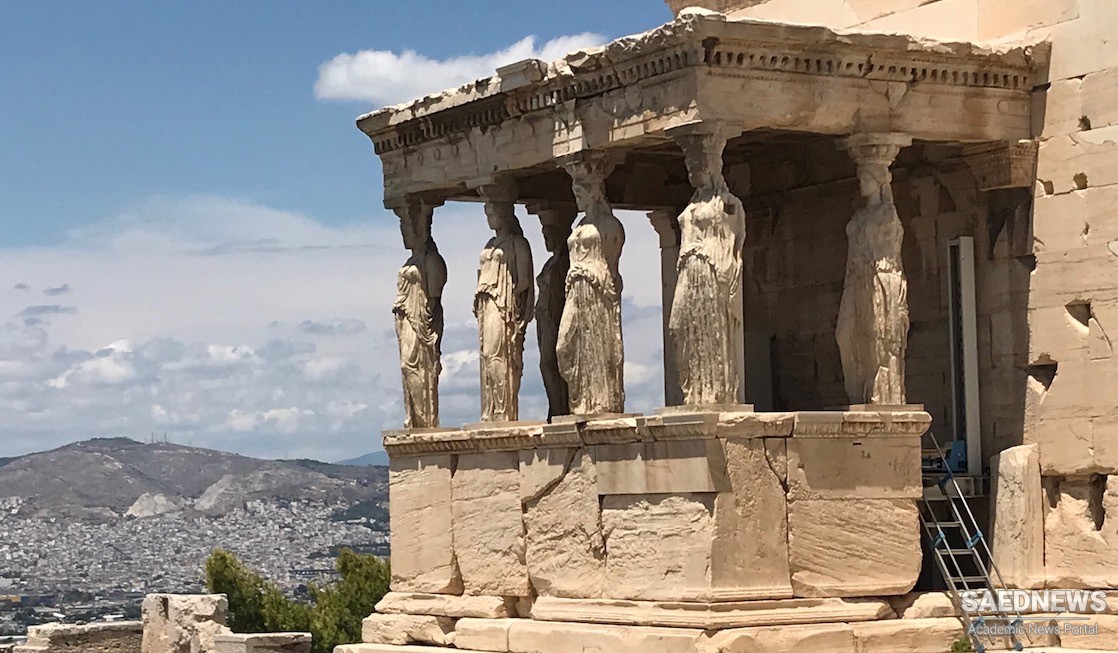Attica in earlier times does not take that dominating position in mythology which it holds later, but is rich enough in legends. The most important is that of Theseus, which has grown in historical times at the expense of the Herakles stories, and next to this the legends of the mythical kings. Attica, too, is full of Mycenaean remains. The myths, therefore, do not belong solely to Athens, but are spread all over the country-side. Theseus seems to have his home in northeastern Attica. Eleusis, with its Demeter myth, takes a separate position of its own, and this, too, is a Mycenaean town.
Boeotia rivals Argolis in mythological fame. It was the second chief province of Mycenaean culture in Greece. Thebes is celebrated through the myths of Kadmos, Amphion and Zethus, Oedipus, and the Seven. This is in harmony with the importance of the town in Mycenaean times, which is borne out by the discovery of considerable remains of a Mycenaean palace; unfortunately it has not been possible to dig this out completely because it lies right in the middle of the modern town.
The rival of Thebes in mythical times was Orchomenos. According to the Herakles legends thIS town had compelled Thebes to pay tribute to it. There ale ruins there of a magnificent bee-hive tomb whIch vies with those of Mycenae. The palace itself has not been discovered, but there arc fragments of its wall-paintings. There dwelt the celebrated tribe of the Minyans. The story of the daughters of Minyas is of the common later Dionysiac type, but to this town, too, belong Athamas and his family.
Athamas, through the cult, has also connexions with Halos, and this lies in Thessaly, near ralkos, on the Pagasaean Gulf. With Iolkos is associated another of the great cycles of myths, that of the Argonauts. It is natural that this particular story should have been considerably transformed with increasing knowledge of foreign lands. Iolkos is the most northerly Mycenaean site, and in the neighbourhood have been found a couple of ill-built but quite rich bee-hive tombs.
The great cycles of myths, then, belong to the main centres of Mycenaean culture, and-what is more significant -theIr richness and fame are in direct correspondence with the importance of the towns in Mycenaean times. The most splendid of the Mycenaean sites is Mycenae: it is also the most famous city of the mythology. Next follow Thebes, Tiryns, and at some distance Attica, Laconia, Pylas, Orchomenos, and so on.


 Roots of Greek Mythology: the Shaping of the Early Religious Outlook
Roots of Greek Mythology: the Shaping of the Early Religious Outlook














































